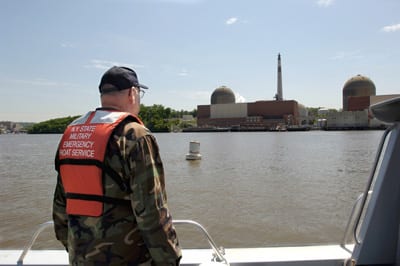
RadWaste Monitor Vol. 13 No. 18
Visit Archives | Return to Issue PDF
Visit Archives | Return to Issue PDF
RadWaste & Materials Monitor
Article 1 of 7
May 01, 2020
Indian Point Reactor Retired, Putting Plant 1 Year From Full Shutdown

By John Stang
Entergy on Thursday retired reactor Unit 2 at the Indian Point Energy Center in upstate New York, leaving just one of the site’s three reactors online. Unit 3 is scheduled to close on April 30, 2021.
“Over the last 45 years, thousands of dedicated…
Partner Content